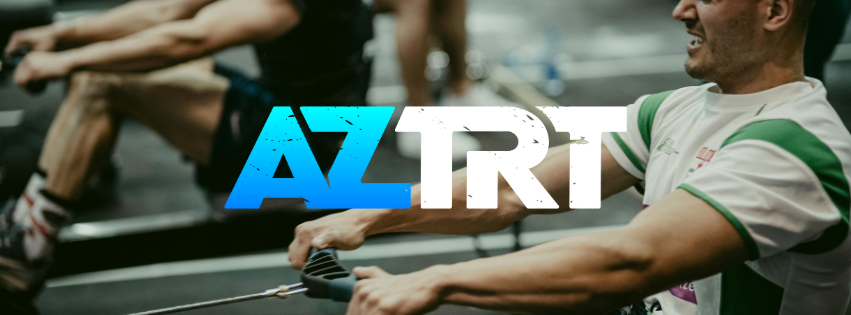
Testosterone replacement therapy (TRT) can be a life-changing treatment for men with low testosterone levels. One common method of administering TRT is through intramuscular injections. At AZTRT, we want to ensure that you feel confident and comfortable with the injection process. This comprehensive guide will walk you through the steps of safely and effectively injecting testosterone.
Why Choose Injections for TRT?
Testosterone injections are a popular choice for TRT because they:
- Deliver the hormone directly into the muscle, ensuring efficient absorption.
- Offer flexibility in dosing and frequency, allowing for personalized treatment plans.
- Can be administered at home, providing convenience and privacy.
What You’ll Need
Before you start, gather the following supplies:
- Testosterone medication (vial or ampoule)
- Syringe (usually 1-3 ml)
- Needle for drawing medication (480) 885-8878 gauge)
- Needle for injection (480) 885-8878 gauge, 1-1.5 inches)
- Alcohol swabs
- Cotton balls or gauze
- Sharps disposal container
Step-by-Step Injection Guide
1. Prepare Your Supplies
Ensure you have all your supplies laid out on a clean, flat surface. Wash your hands thoroughly with soap and water to maintain hygiene.
2. Draw Up the Medication
- Sanitize the Vial: Wipe the top of the testosterone vial with an alcohol swab.
- Attach Drawing Needle: Attach the larger needle (480) 885-8878 gauge) to the syringe.
- Draw Air: Pull back the plunger to draw air into the syringe, equivalent to your prescribed dose.
- Inject Air: Insert the needle into the vial and inject the air. This helps balance the pressure.
- Draw Medication: Invert the vial and draw the prescribed amount of testosterone into the syringe. Ensure there are no air bubbles by gently tapping the syringe and pushing the plunger slightly to expel any air.
3. Switch Needles
Remove the drawing needle and replace it with the smaller injection needle (480) 885-8878 gauge). This ensures a sharper and less painful injection.
4. Select an Injection Site
Common sites for intramuscular injections include:
- Thigh (vastus lateralis muscle): Divide the thigh into thirds and use the middle outer third.
- Buttock (gluteus medius muscle): Divide the buttock into four quadrants and use the upper outer quadrant.
- Deltoid muscle: The upper arm muscle, although less common for self-injection due to difficulty reaching.
5. Clean the Injection Site
Wipe the selected injection site with an alcohol swab in a circular motion, moving outward from the center. Allow it to dry completely.
6. Inject the Testosterone
- Insert the Needle: Hold the syringe like a dart and insert the needle at a 90-degree angle to the skin. Insert it smoothly and swiftly to reduce discomfort.
- Aspirate: Gently pull back the plunger to check for blood. If blood appears in the syringe, it means you’ve hit a blood vessel. Withdraw the needle and try a new site.
- Inject the Medication: If no blood appears, slowly push the plunger to inject the testosterone.
- Withdraw the Needle: Once the medication is injected, swiftly withdraw the needle and apply a cotton ball or gauze to the injection site. Apply gentle pressure to stop any bleeding.
7. Dispose of Supplies
Dispose of the used needles and syringes in a sharps disposal container. Never reuse needles or syringes.
8. Monitor the Injection Site
Observe the injection site for any signs of infection or adverse reactions, such as redness, swelling, or persistent pain. Contact your healthcare provider if you notice any unusual symptoms.
Tips for a Successful Injection
- Rotate injection sites to avoid tissue damage and ensure even hormone absorption.
- Stay relaxed during the injection to minimize discomfort.
- Follow your prescribed dosing schedule consistently.
- Keep a log of your injection dates, sites, and any side effects to discuss with your healthcare provider.
Conclusion
Injecting testosterone for TRT may seem daunting at first, but with practice and proper technique, it can become a straightforward part of your routine. At AZTRT, we’re here to support you every step of the way. If you have any questions or concerns about your injections, don’t hesitate to reach out to our medical team. Visit AZTRT.com for more information and to start your journey to better health and vitality.



